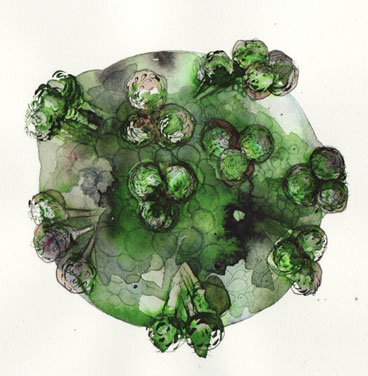Although researchers have known that endogenous retroviruses, or viruses that reside within our nerve cells, constitute 5% of the human genome, they considered the viruses to be “junk DNA.” Very little of all the DNA in your body is actually utilized in the process of protein synthesis, DNA’s primary focus. This is why many researchers assumed that the retroviruses were insignificant. A new study at Lund University, however, indicates that these inherited retroviruses play a significant role in the expression of genes.
In this study, Johan Jakobsson, head of the molecular neurogenetics research team, discovered that these endogenous retroviruses play a central role in deciding which genes are expressed at a specific time, with this function increasing over the course of evolution. Because nerve cells cannot form tumors, according to Jakobsson, it makes sense that these viruses are activated in the brain.

Source: Amit Kumar
These developments have elucidated that nerve cells utilize an intricate molecular mechanism to regulate the activation of the retroviruses. Thus, because the nerve cells regulate the endogenous viruses, and the endogenous viruses regulate gene expression, this study has proven that nerve cells play an integral role in the regulation of gene expression. This study, therefore, opens up new research pathways concerning brain diseases attributed to genetic factors; previously, when looking for genetic factors linked to a disease, merely 2% of the genome was examined. With the discovery that endogenous viruses play a role in regulating genes, researchers now can can examine a greater extent of the human genome that was considered unimportant.
Finally, this research could have enormous implications into an unsolved mystery: the extinction of dinosaurs.
Dinosaurs underwent tremendous growth during early years of their life. This implies that every gram of food they ate was fueled towards growth, but the organ that requires the most energy is the brain. Over the course of evolution, while the dinosaurs’ brains became increasingly complex, their energy source remained the same; they could not ascertain enough energy and this possibly led to their extinction.
Featured Image Source: seedmagazine.com










